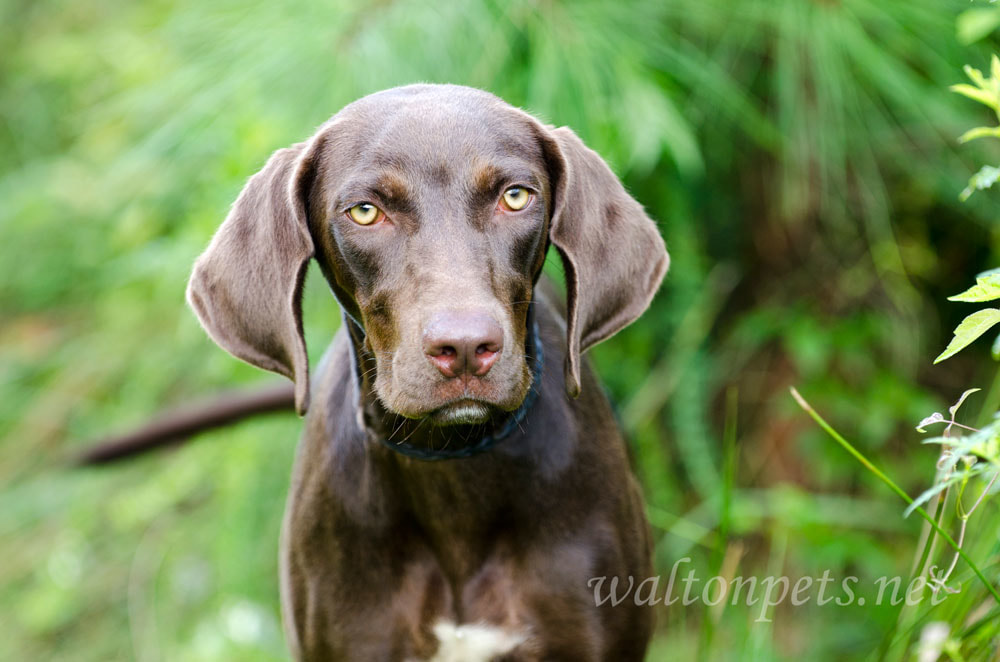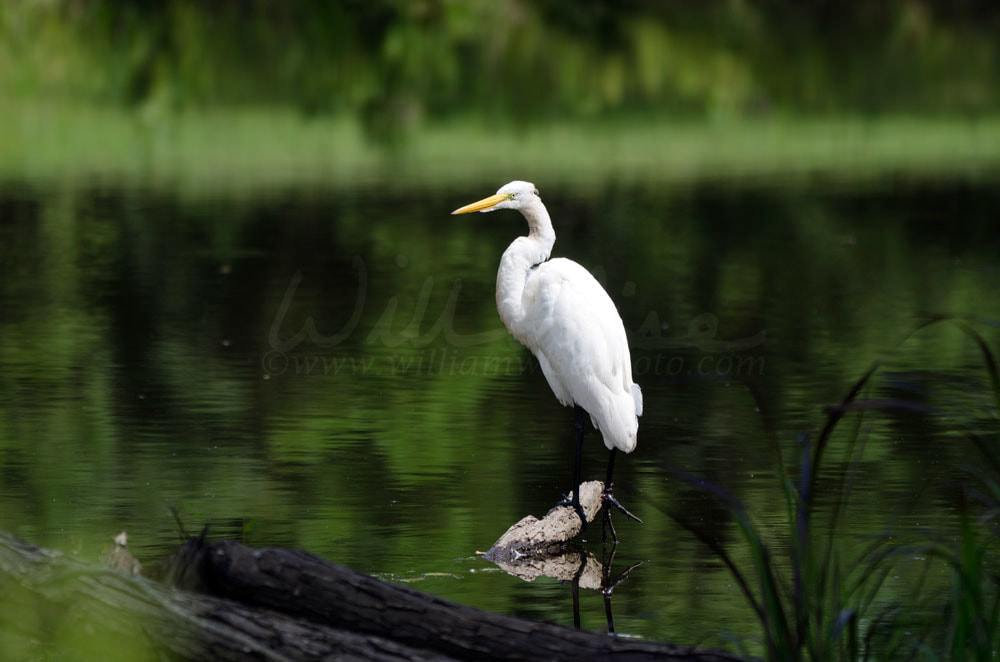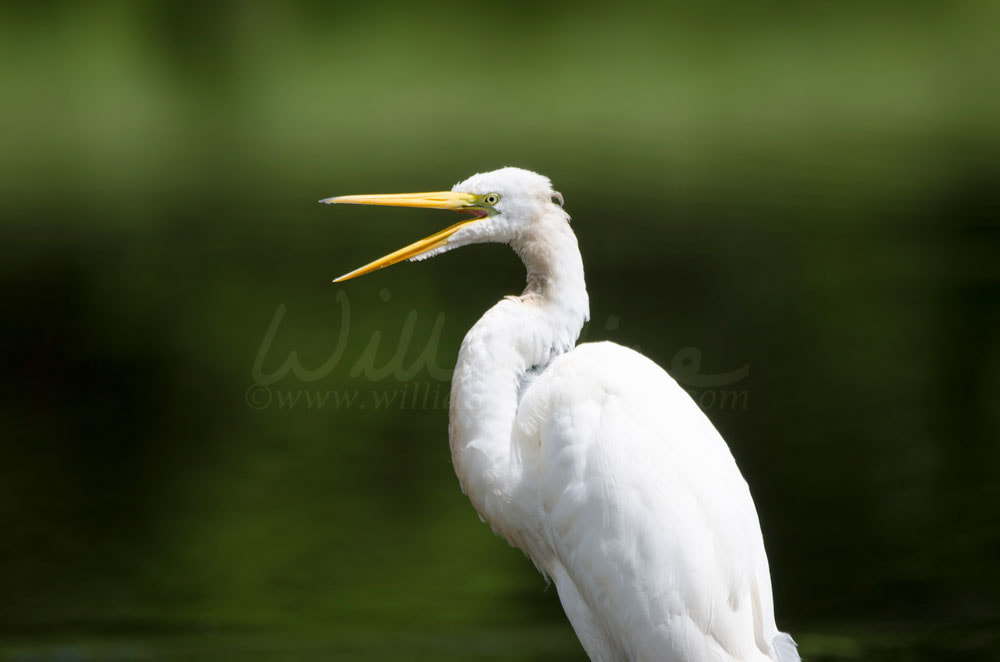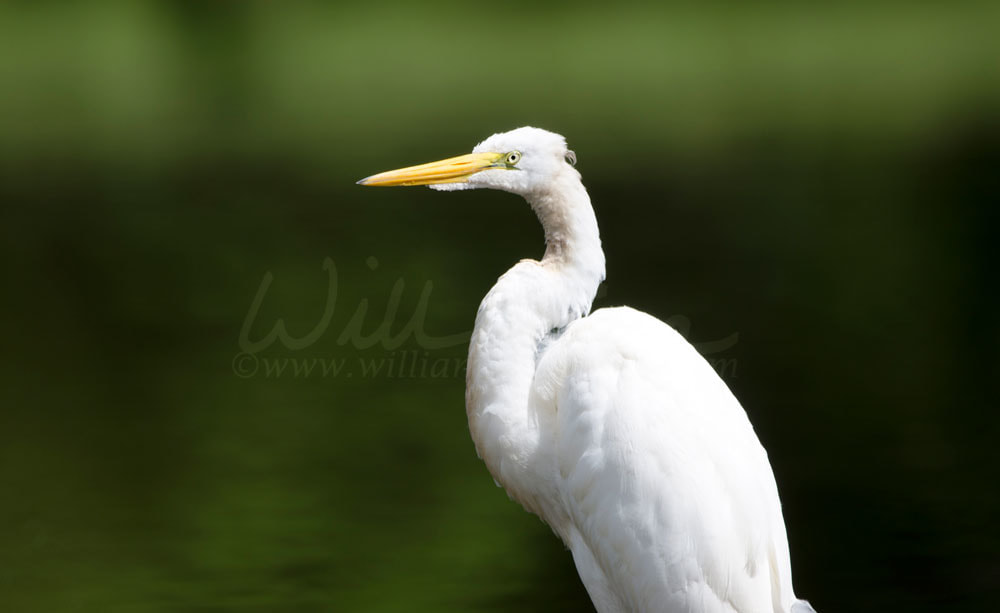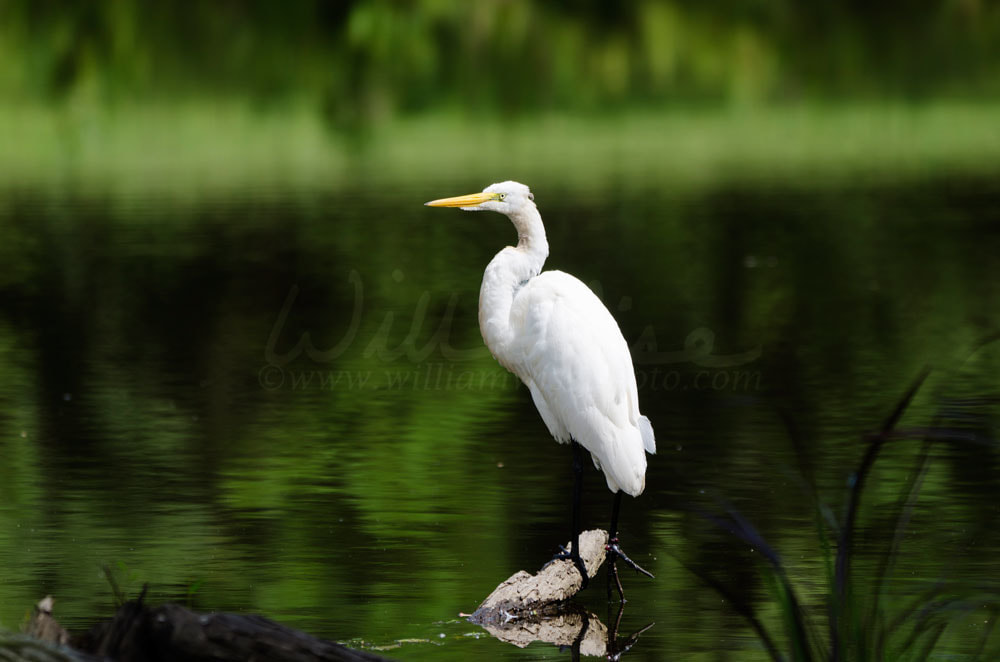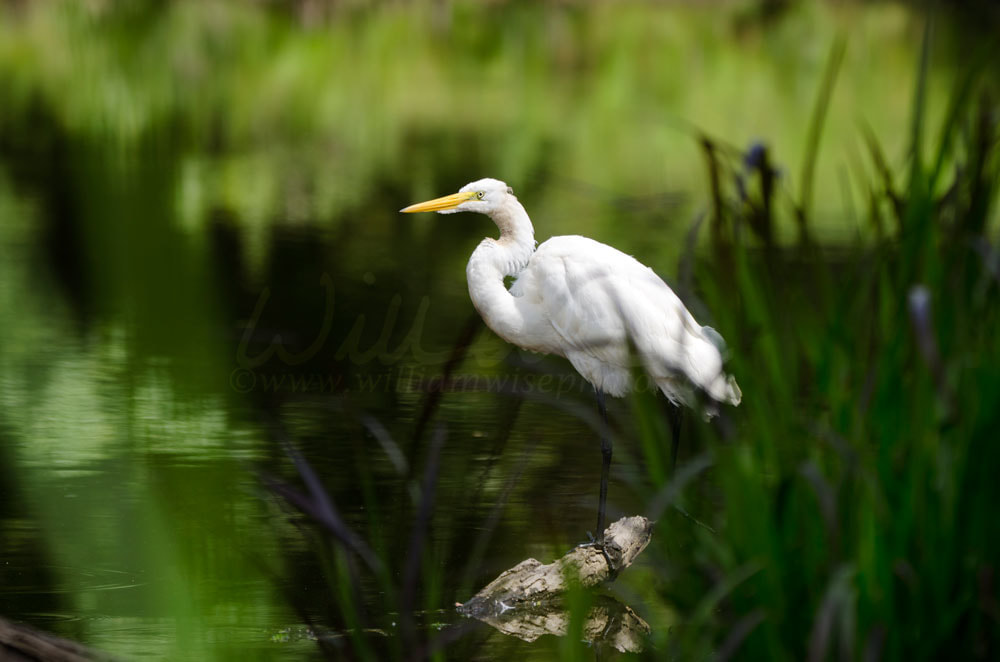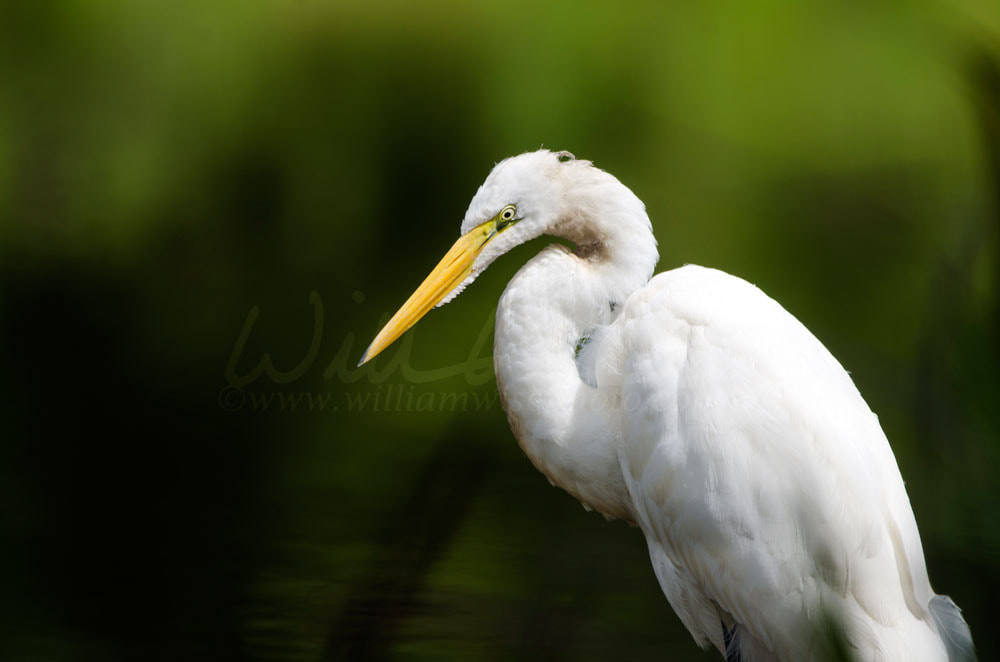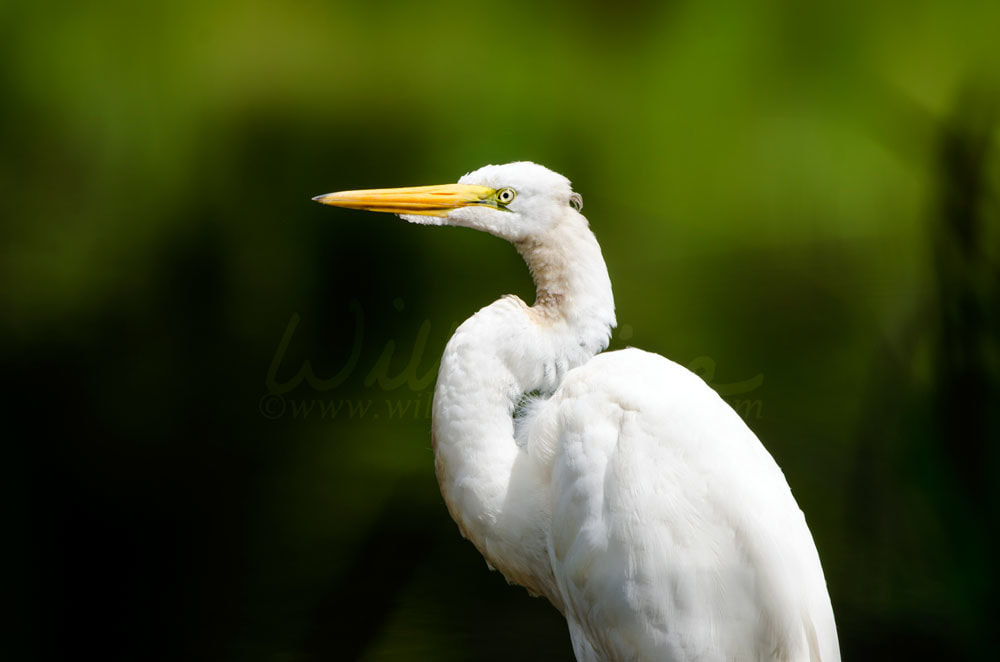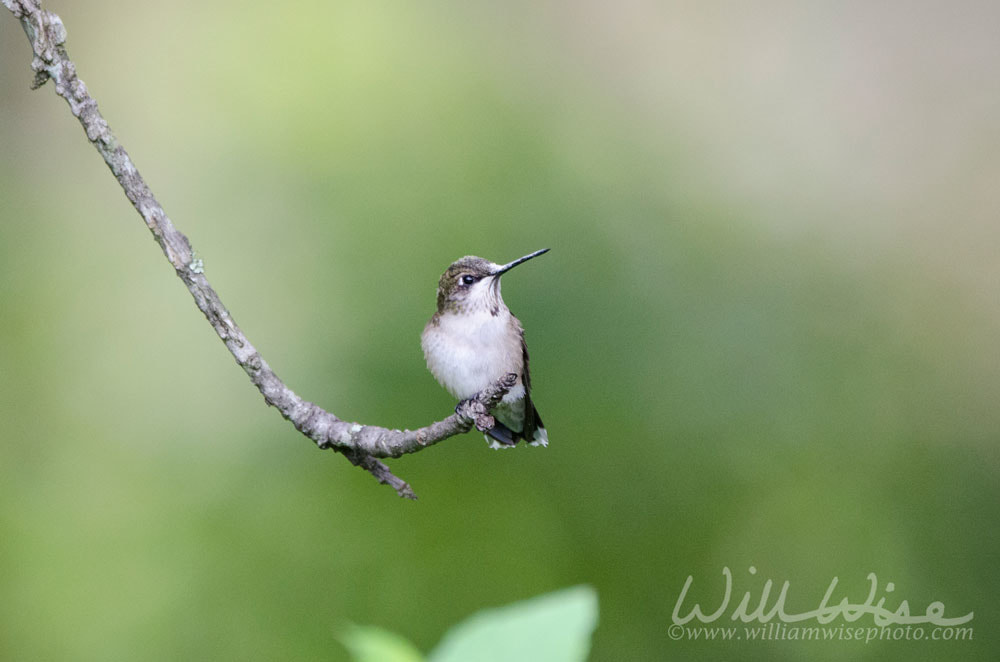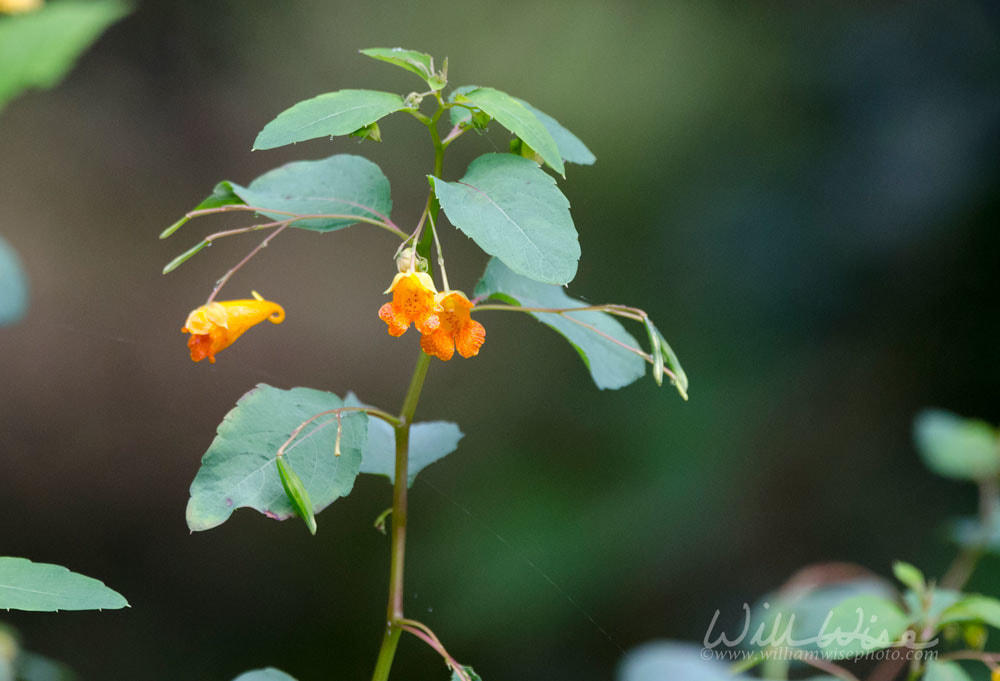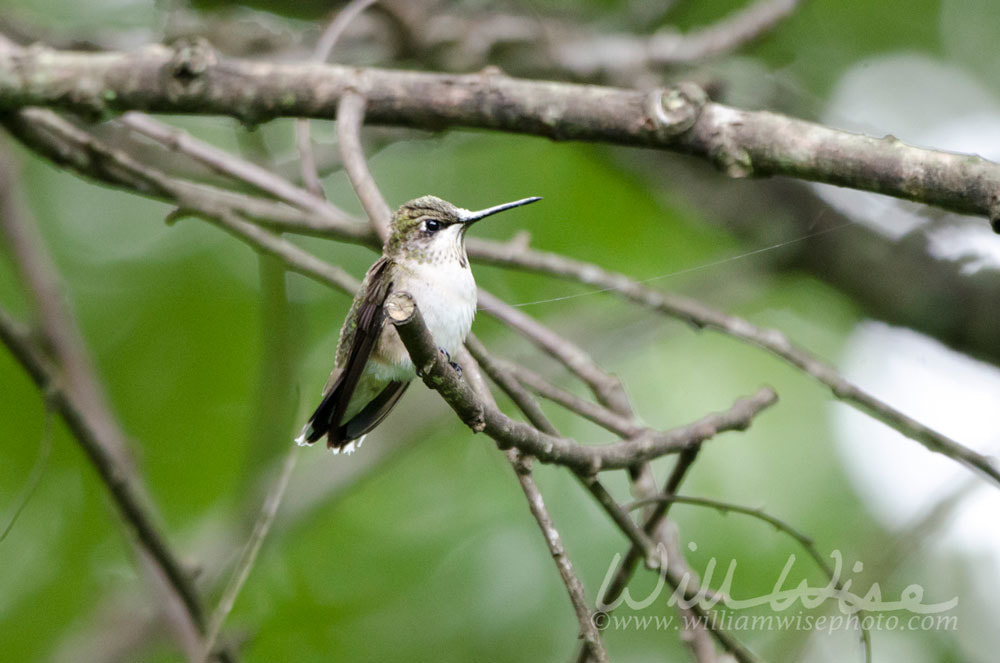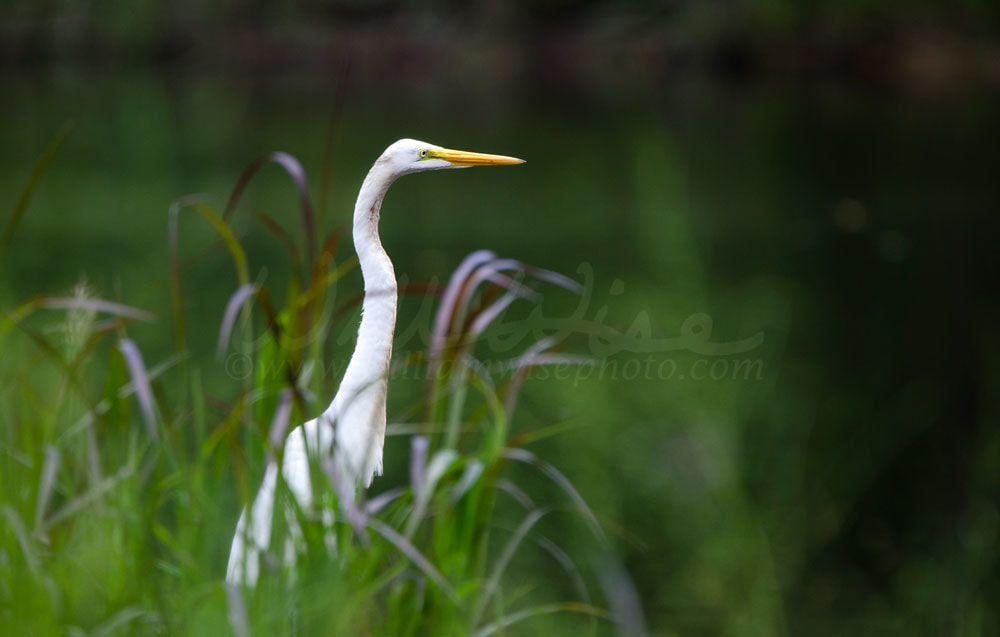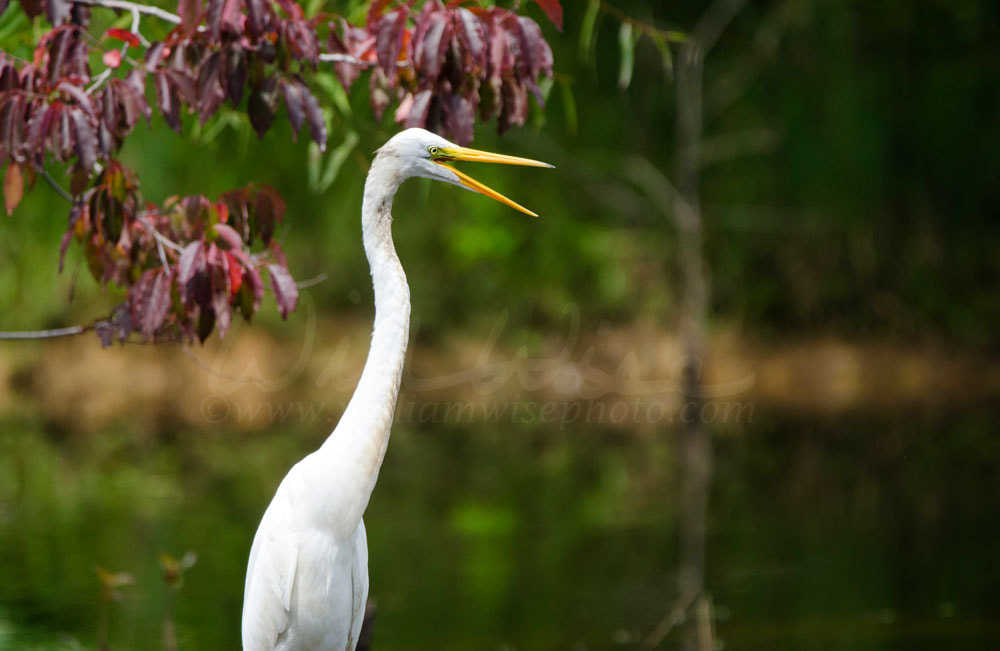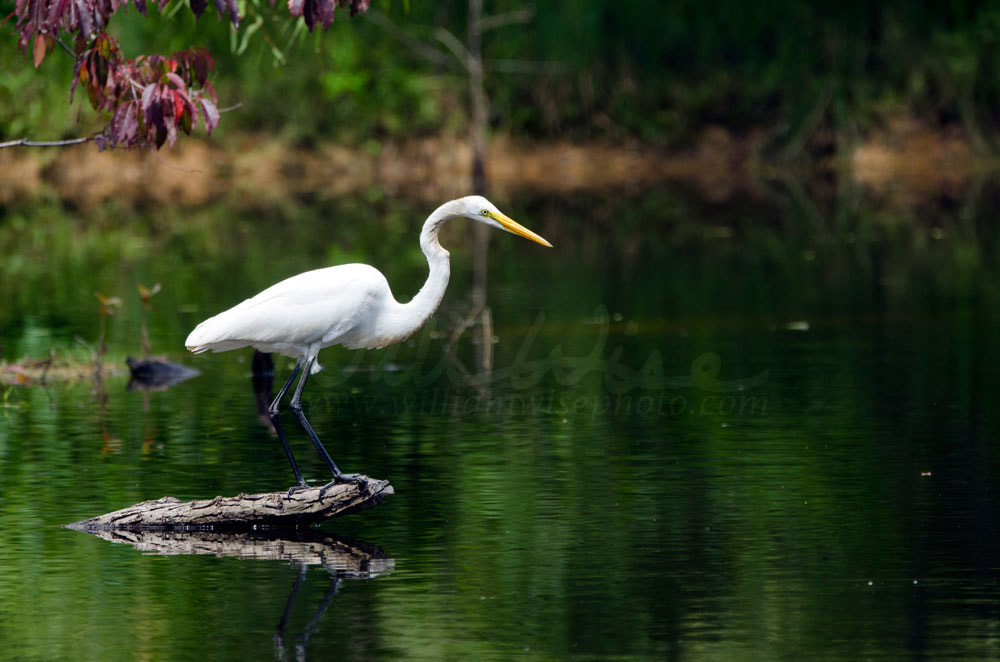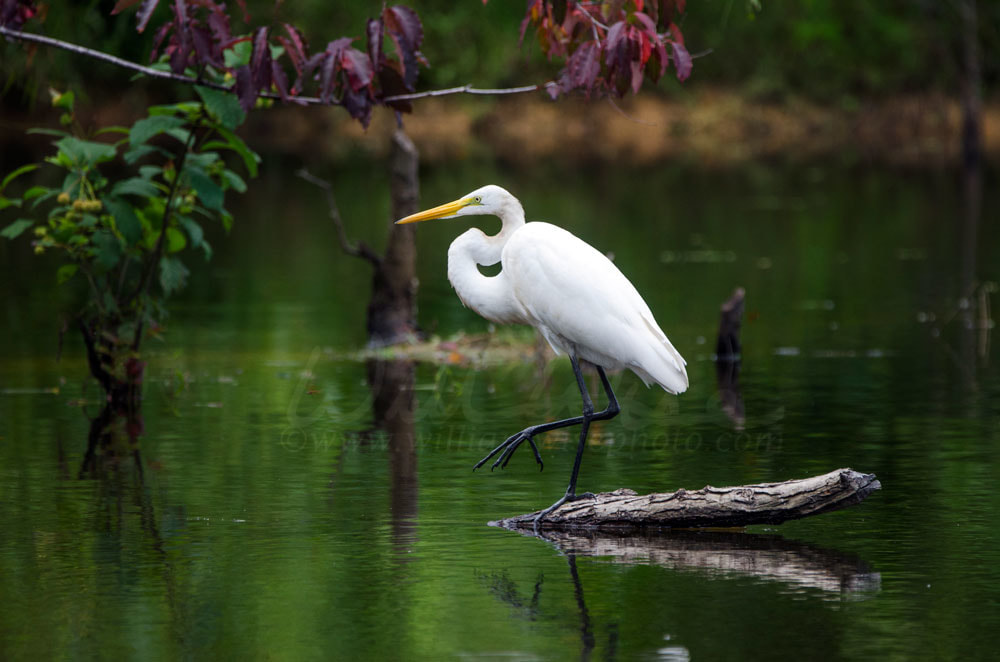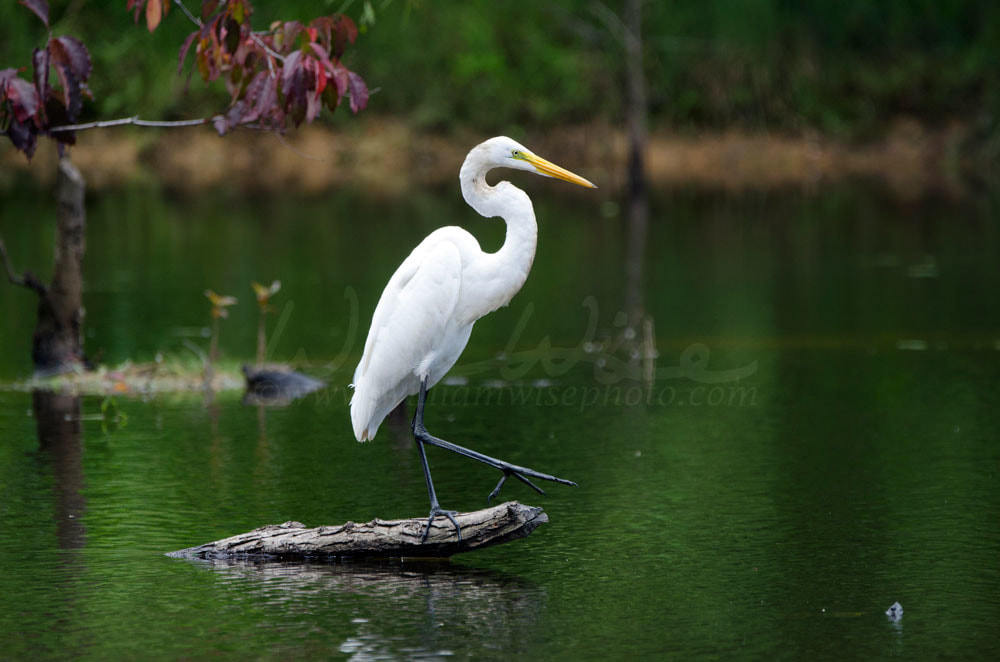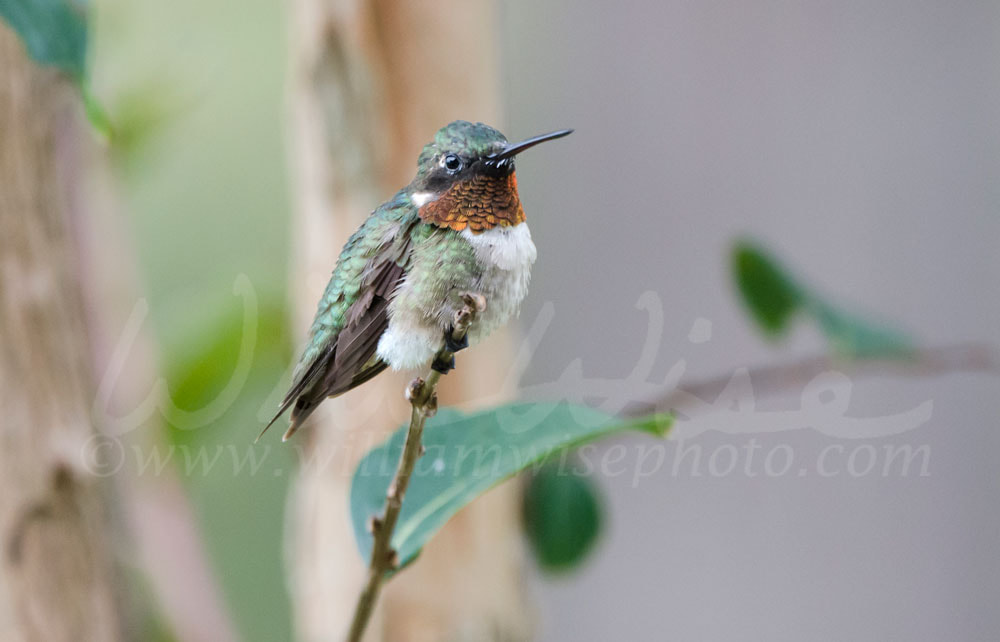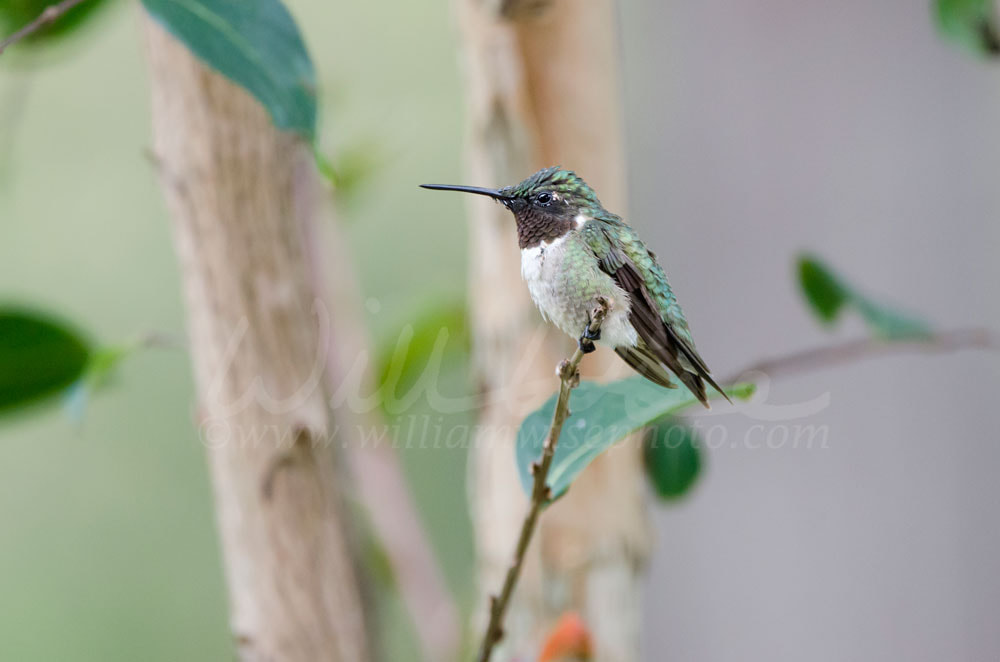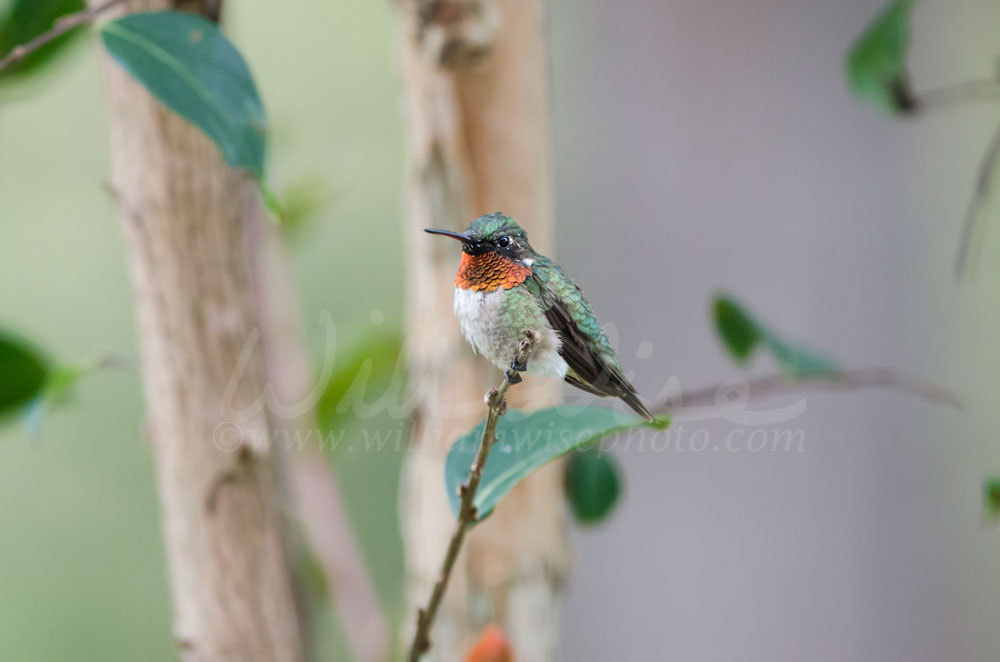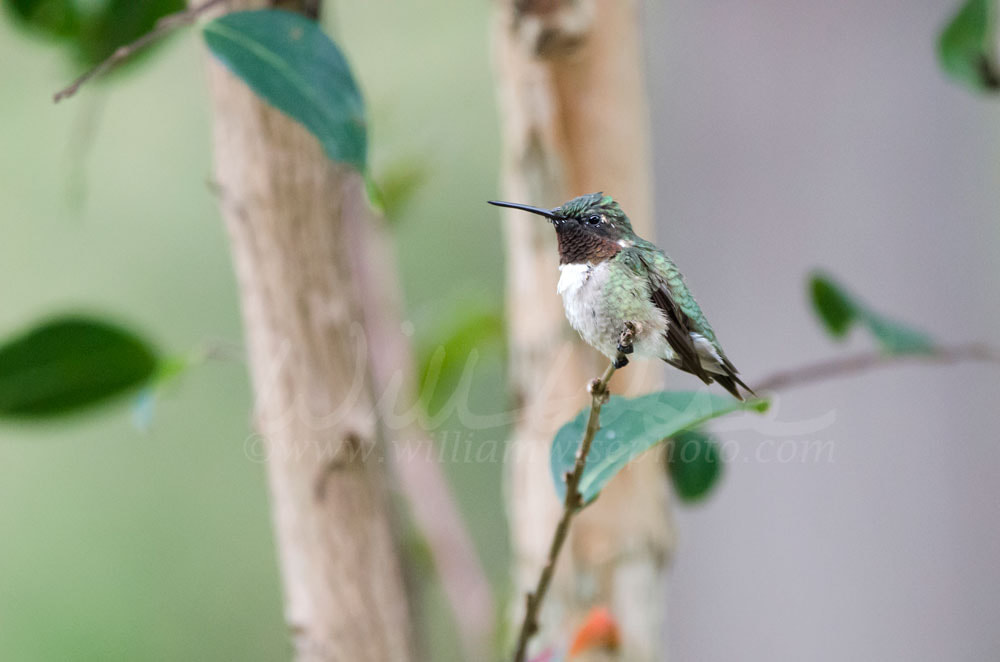0 Comments
 William Wise Photo Nature Notes is a wildlife, birding and nature photography blog documenting the beauty, design and wonder of God’s creation. -- "What a wildly wonderful world, God! You made it all, with Wisdom at Your side, made earth overflow with your wonderful creations." Psalms 104 The Message Friday, 3:37 PM – at nearly the exact same time, and sitting precisely on the same log, my cooperative Great Egret was spear fishing and preening once again. I was able to get even closer today. According to an article entitled Researcher lives his life with egrets, Friends University professor Michael Pearce stated the birds tend to be predictable in their daily patterns. “Once they establish a routine it’s pretty much like a milk run, the same place day after day.” Pearce could predict, almost to the exact branch, where a bird would be perched in a tree on the far side of the river. Just like humans, if the fishing is good, the egrets will keep coming back. According to Cornell, the Great Egret eats mainly small fish but also eats amphibians, reptiles, birds, small mammals and invertebrates such as crayfish, dragonflies and damselflies, whirligig beetles, giant water bugs, and grasshoppers. It hunts in belly-deep or shallower water in marine, brackish, and freshwater wetlands, alone or in groups. It wades as it searches for prey, or simply stands still to wait for prey to approach.
Walton County, Georgia, USA  William Wise Photo Nature Notes is a wildlife, birding and nature photography blog documenting the beauty, design and wonder of God’s creation. -- "What a wildly wonderful world, God! You made it all, with Wisdom at Your side, made earth overflow with your wonderful creations." Psalms 104 The Message Thursday, 8:48 AM – all of the dogs in the shelter now have glamour shots posted. I have to get up from my desk and take a short walk. Sitting at the computer staring at a screen cramps my back and makes my head hurt. I take a short walk to the ponds behind the shelter. Although it is overcast and only in the 80’s, I quickly start sweating from the high humidity. A few hummingbirds were busy near the duckweed bog drinking nectar from small, bell-shaped, orange flowers growing out of the wet ground. According to allaboutbirds.org, the wonderful website from the Cornell Lab of Ornithology, “Ruby-throated Hummingbirds prefer to feed on red or orange flowers. Like many birds, hummingbirds have good color vision and can see into the ultraviolet spectrum, which humans can’t see.” Walton County, Georgia  William Wise Photo Nature Notes is a wildlife, birding and nature photography blog documenting the beauty, design and wonder of God’s creation. -- "What a wildly wonderful world, God! You made it all, with Wisdom at Your side, made earth overflow with your wonderful creations." Psalms 104 The Message Thursday, 3:16 PM – on the upper pond, I spy a Great Egret fishing and preening from a small branch just above the green pond waters swollen from all the rains. I quickly take a knee before he sees me. Before even approaching the pond, I had all ready. My camera settings adjusted appropriately for the lens and overcast skies; my monopod already adjusted to a kneeling position. I could begin firing immediately. Several shots, then move closer… and closer… and closer. Quite the cooperative Egret! I sat for nearly 20 minutes and took 345 shots. That will take a while to cull and edit! Walton County, Georgia
 William Wise Photo Nature Notes is a wildlife, birding and nature photography blog documenting the beauty, design and wonder of God’s creation. -- "What a wildly wonderful world, God! You made it all, with Wisdom at Your side, made earth overflow with your wonderful creations." Psalms 104 The Message “’For I am Saruman the Wise, Saruman Ring-maker, Saruman of Many Colours!' I looked then and saw that his robes, which had seemed white, were not so, but were woven of all colours, and if he moved they shimmered and changed hue so that the eye was bewildered.” JRR Tolkien, Lord of the Rings Thursday, 6:31 PM – relaxing on my back patio on a weekday. A free weekday evening seems to be a rarer luxury of late. The Ruby-throated Hummingbird activity has finally picked up quite a bit. My wondering as to why we haven’t had the sky battles between the females like in previous years has ceased. There are now plenty of skirmishes over the feeder. One male will sit and enjoy a close-by perch in the Crepe Myrtle and go for repeated drafts when the coast is clear of the bullying females. I snuck the lens of my 600mm through a crack in the door and watched. It was amazing to see the shift in color on his throat depending upon how he turned his head. One second a dark, drab, then the next a brilliant ruby red! How does this work? Others have adequately described this phenomenon, so I quote them here: "The stunning throat feathers of the male Ruby-throated Hummingbird is what earned the bird its name. When glowing a bright red, it's a sight to behold. But one turn of the head can click off the color, like switching the lights off in a room. "Why is his gorget an iridescent red at times, and at other times, just a patch of dark feathers? You see, the little individual feathers that make up the Ruby-throated Hummingbird's gorget are not red at all. They have no pigment or coloration within them. The color comes from the shape and microscopic structure of the feathers and how light interacts with those microscopic structures. So depending on the lighting and the angle at which you see the hummingbird's throat, the feathers will either appear an iridescent red or a flat black." source Athens, Georgia
|
Categories
All
Archives
March 2025
|
|
All content is ©williamwisephoto.com. Please don't steal images. My images are available at dreamstime.com. Stock sales go into the shelter photography program.
|
In December 1993 I came to know the Designer and Creator of this wonderful planet and its creatures: Jesus Christ.
|
Donations help support the animal shelter adoption photography equipment and adoption website hosting and domain fees. Thanks for your support!
|












